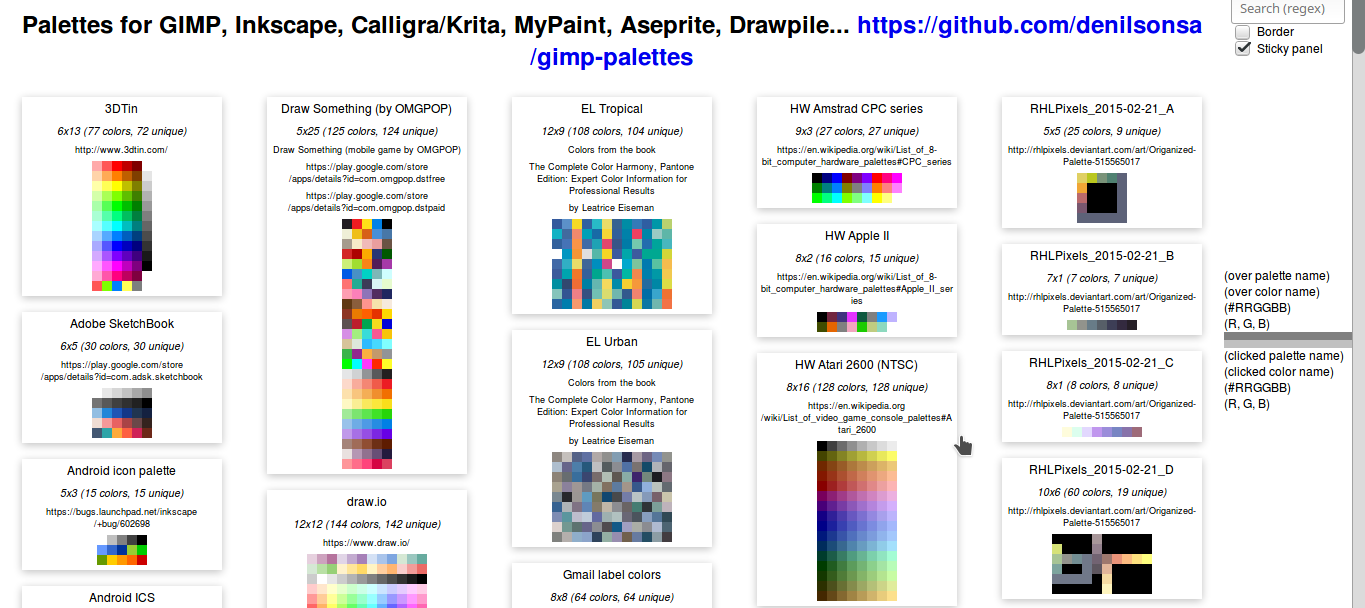

Make sure your chemistry figures are in high resolution and ideally use vector images.Check for units, scales and that all axes are labeled properly. Ensure all graphs and charts are properly labeled and titled.Consider replacing bar and line graphs with scatterplots, histograms and boxplots especially with small sample sizes.How many variables are you displaying? What visualization techniques will best achieve your goal? Remember that the reason for creating chemistry figures is to allow the reader to quickly digest a large amount of data. Think about what data you’re presenting.

Make sure you’re aware of the basic publication prerequisites before you start creating your chemistry figures. Some journals require images in different file formats and resolutions.
Start by checking your chosen journal’s image requirements. Microsoft Office: Excel, Powerpoint, or Word with Chem4Word. Adobe Creative Cloud: Illustrator and Photoshop. 
Paid Programs for Creating Chemistry Figures:
R: Free software environment for statistical computing and graphics. Inkscape: Powerful open-source graphics editor. ImagesJ: Open Source imaging processing toolkit. GIMP: Free image manipulation program, use with the Separate+ plugin for color conversions. Embed and crop extensions: Control image compression. ChemSketch: Freeware drawing package that allows you to draw chemical structures. There’s plenty of free software out there for creating chemistry figures, but beware the learning curves for some of these programs can be a bit steep: Free Programs & Tools for Creating Chemistry Figures: To make your job a bit easier, we’ve compiled a quick reference guide to the free and paid programs you can use to craft chemistry figures, as well as a checklist to ensure all your charts, graphs, and table of contents images are up to standard. Even when the task is unglamorous, a good publication figure is crucial to conveying your research results with sophistication and ease. The task isn’t always fun, however, partially because the end result is often under-celebrated. It’s clear that creating publication-quality chemistry figures is an essential skill for all active researchers. One of the common “Other” responses you shared was Inkscape, a free program similar to Adobe Illustrator. No surprises here: ChemDraw wins with 59% of the vote as the most popular program for creating chemistry figures. 5,892 impressions, 233 engagements, 181 votes, 18 direct tweets and 24 hours later, here are the results: Unfortunately, Twitter polls only allow for 4 answer choices, so we hoped to capture votes for other popular programs for creating chemistry figures by asking you to tweet at us. We recently polled authors on what their preferred program for creating chemistry figures for research publication via our account.







 0 kommentar(er)
0 kommentar(er)
